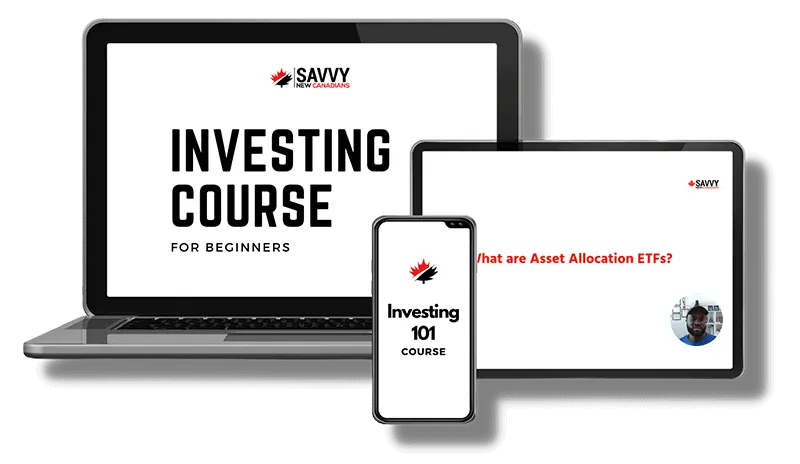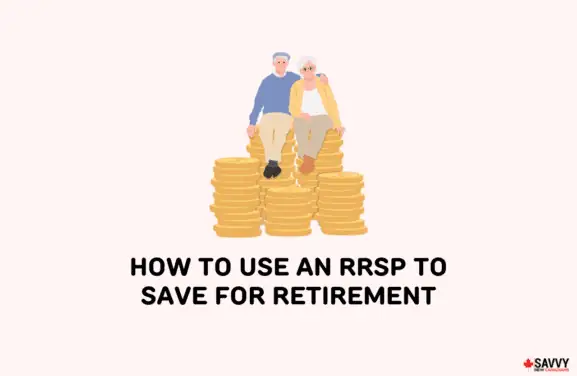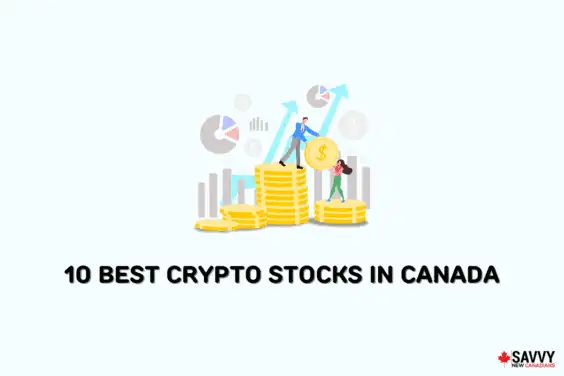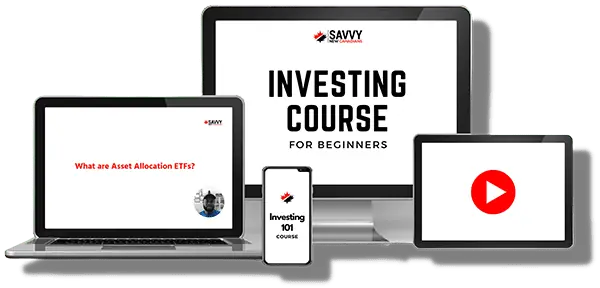The Registered Education Savings Plan (RESP) is a government-registered savings plan that helps parents save for their child’s post-secondary education in Canada.
Contributions are made to the plan by individuals and also via government grants. Investment returns and growth on RESP savings are sheltered from taxes until withdrawal.
In a world where tuition fees for higher education continue to rise annually, the RESP provides an almost stress-free opportunity for parents to save up for the future educational pursuits of their kids.
When you add in the ‘free’ government grants plus the power of compounding returns over time, the RESP can grow into a sizable pot, ensuring your kids can complete their university education and graduate with little or no debt.
How does an RESP work?
Anyone can open an RESP for a child, including parents, grandparents, family friends, and relatives.
The person who opens and contributes to the RESP is called the subscriber. The subscriber can set up one or more beneficiaries under the plan. A child can be named the beneficiary of more than one RESP plan.
Types of RESPs
1. Individual Plan: Only one beneficiary is named in the RESP.
2. Family Plan: This can have many beneficiaries and is an ideal plan for a family with more than one child. All the beneficiaries can share growth or earnings realized in the plan.
3. Group Plan: This is an RESP plan where subscribers’ contributions are pooled together by a firm offering a group scholarship plan. Investments are managed by the firm and are typically very conservative.
Related: Understanding the Tax-Free Savings Account
RESP Contributions
You can open and start contributing to a child’s RESP as soon as they are born. All you need to open the account is your child’s Social Insurance Number (SIN).
The beauty of an RESP is that as you contribute money to the plan, the government also contributes to your savings through education grants. You can contribute any amount to an RESP up to a lifetime maximum of $50,000 per child.
Through the Canada Education Savings Grant (CESG), the federal government provides 20 cents on every dollar you contribute up to a maximum benefit of $500 on an annual contribution of $2500 (i.e. 20% of $2500).
You do not have to contribute $2500 per year and can carry forward unused CESG room to future years. The CESG is available until the end of the year when the child (beneficiary) turns 17.
The lifetime maximum you can receive through the CESG is $7,200.
Low-income families may qualify for additional government grants through:
1. Additional Canada Education Savings Grant: You qualify for the additional CESG if your household’s net income is less than $100,392 (2022).
2. Canada Learning Bond (CLB): $500 in CLB is initially paid into the child’s RESP to help them get started. An additional $100 is added each year (if eligible) until they turn 15 for a lifetime maximum of $2000.
3. Provincial Grants: Some provinces also provide grants to encourage eligible residents to save for their children’s education. This includes the British Columbia Training and Education Savings Grant.
For more information on grants and eligibility, visit the Government of Canada RESP page.
Withdrawals from an RESP
When your child enrolls in a qualifying post-secondary education or training, they can start receiving payments from the RESP to fund their education.
The payments are referred to as Educational Assistance Payments (EAPs). The child will claim the EAP as income on their tax return in the year it is received.
Usually, this will have little or no tax implications because the child will likely be in the lowest tax bracket and have little or no other income.
What if your child decides not to pursue post-secondary education?
If the beneficiary of the RESP plan decides not to pursue further education or training, there are several things you can do with the money in the plan:
- Transfer the RESP to another eligible child.
- Transfer up to $50,000 to your Registered Retirement Savings Plan (RRSP) or that of your spouse.
- Withdraw your contributions after paying a tax on the investment returns.
However, there is no rush to do the above, as the RESP can stay open for 35 years before it expires.
Related:







In the section, the things you can do with RESPs, you didn’t mention that by waiting until the RESP expires, the unused money (minus the grants left) will be disbursed to the contributor tax-free.
@Sean:
Good point!
I have another detailed post on what you can do with your RESP funds if your kid ends up not using it.
https://www.savvynewcanadians.com/resp-child-decides-not-pursue-higher-education/